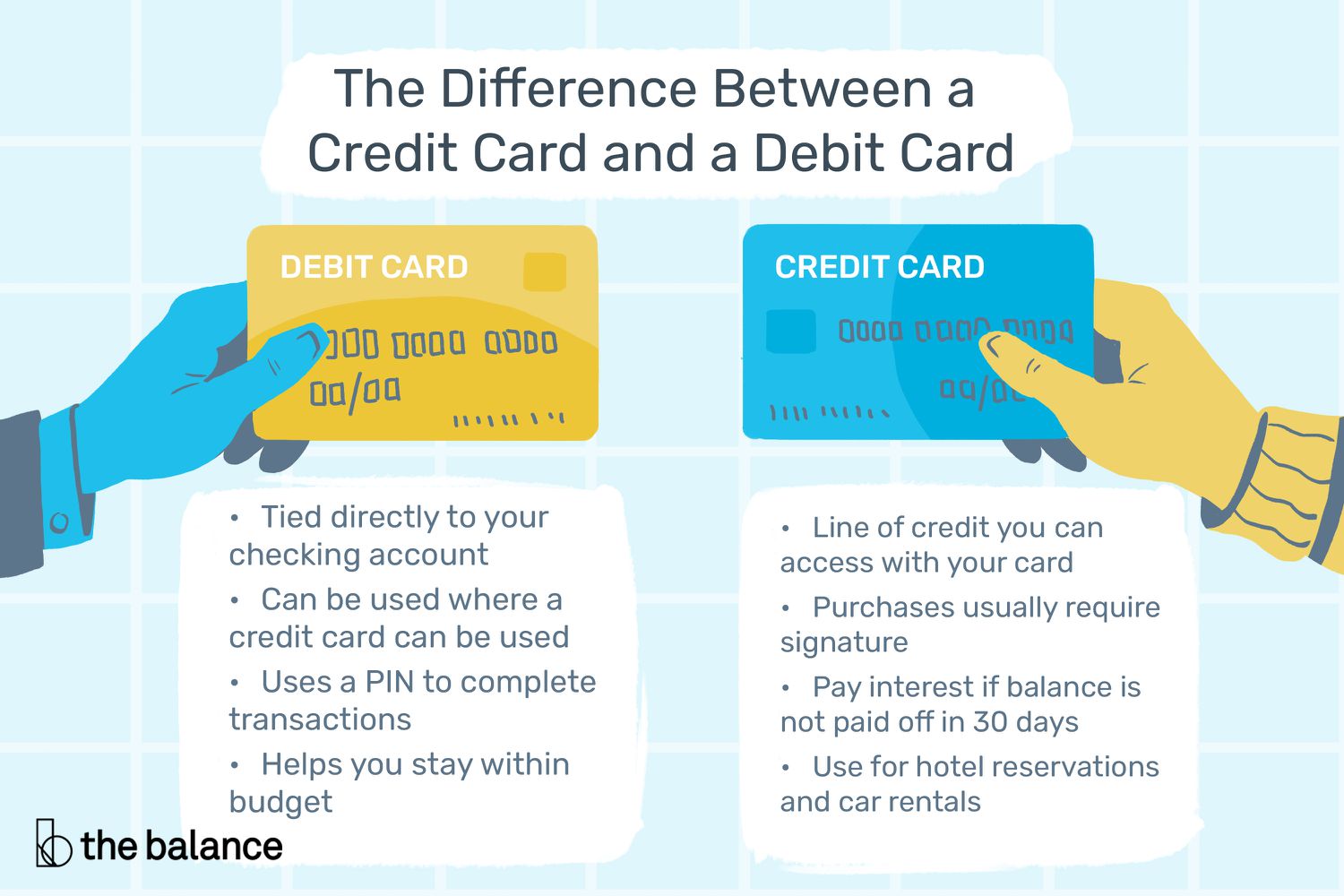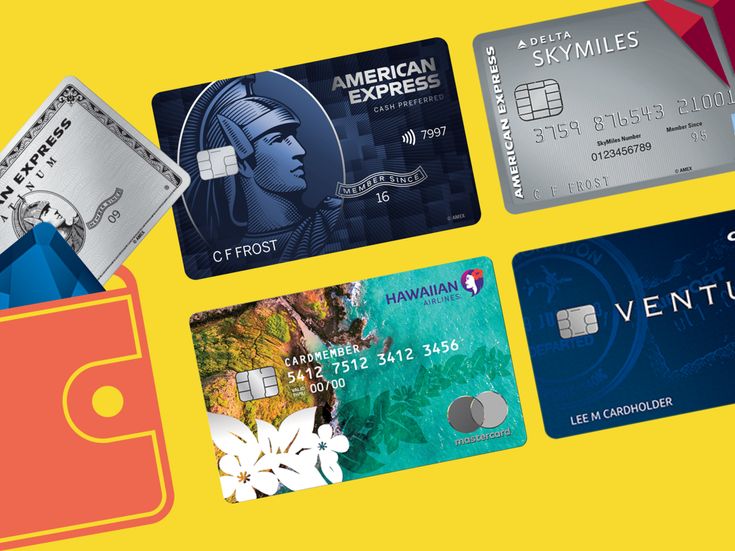
Credit card companies offer a variety of products and services. You can compare them online. There are websites that can evaluate different products and then group them according to their main functions. These sites can be used to search for student credit cards. They will also list their rates as well as benefits. These sites can be used to compare the pros and cons of different credit cards if you are looking for one.
Card issuers can charge different interest rates.
The interest charges you pay on your credit card cards will vary depending upon the issuer. Some issuers charge "teaser rates" - zero percent for the first few months - while others charge up to 40 percent for the rest of the year. Individual states also determine interest rates. There may be a wide range of rates in states such as South Dakota or Delaware, where there is no interest rate limit and Delaware has weak usury laws.
The interest rates charged on credit cards are different for different creditworthiness levels. Higher rates may be charged to borrowers with poor credit. Others have lower rates for those with better credit. The prime rate which banks charge to credit-worthy customers determines the interest rates that you pay.

Interest rates vary widely from card issuer to card issuer
The average credit card interest rate fluctuates, but it is generally around 17% for the first two-thirds of 2019. NerdWallet reports that interest rates for credit cards are determined by credit scores. Higher credit scores lead to lower rates. Consumers with better credit are more likely to repay their debts.
A new regulation governing credit card fees has led banks to increase their interest rates and others to raise fees. The Federal Reserve recommends that consumers compare the fees associated to credit cards and do some research on them.
Benefits of a balance-transfer credit card
While balance transfers might seem like a good way to improve credit scores, you need to remember that they do not always produce immediate results. You could be in debt more quickly if you do not make your payment on time. This can result in a rise in your debt to credit ratio. You may also experience a decrease in credit score due to a balance transfer. This could lead to an increase or decline in your interest rate.
Balance transfer is a way for a credit card to be transferred to a card at a lower rate of interest. This will reduce your monthly payments, and allow you to pay off your balance more quickly. Many balance transfer cards offer introductory periods at 0% APR. These rates are available for between 12 and 21 months.

Interest expenses on credit card loans
The interest cost of credit card loans can vary depending on how much you borrowed and what type of balance transfer or purchase you made. Your credit score and credit card issuer may affect the interest rate you pay on your credit card. The APR, or annual percentage rate, is a measure of interest expenses over the course of a year.
You must pay interest on credit cards as an ongoing expense. The APR is the annual percentage rate charged by credit card issuers. This information can be found in terms and conditions. The APR can vary depending on federal rates. Credit CARD Act of 2009. Forbidden rate increases without prior notice.